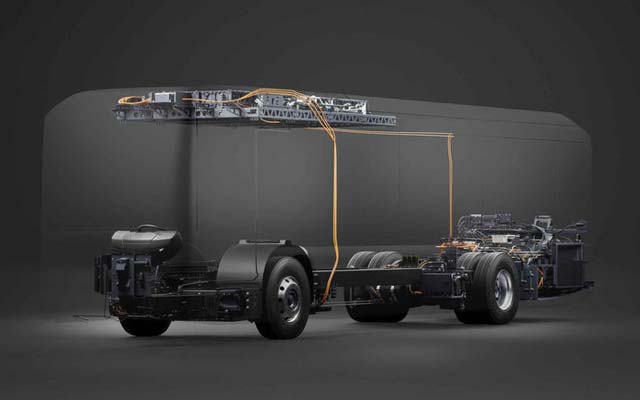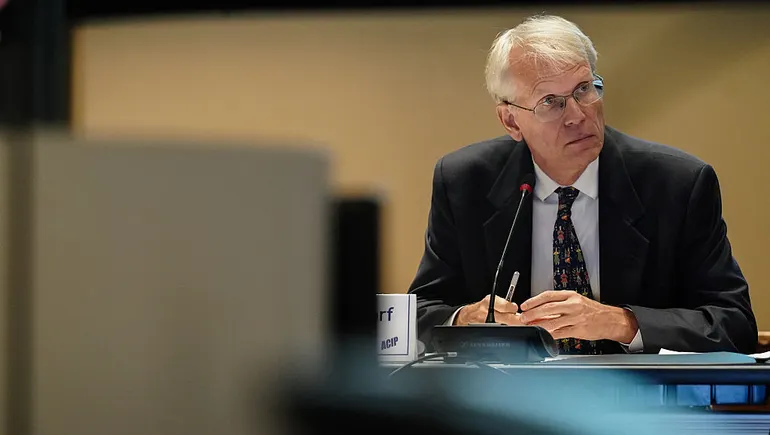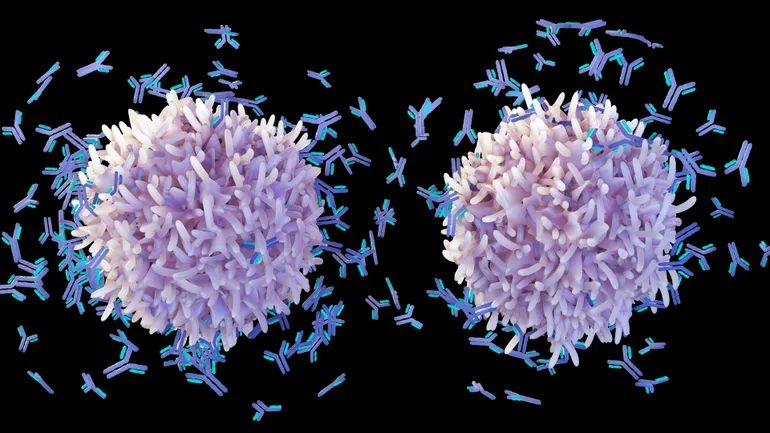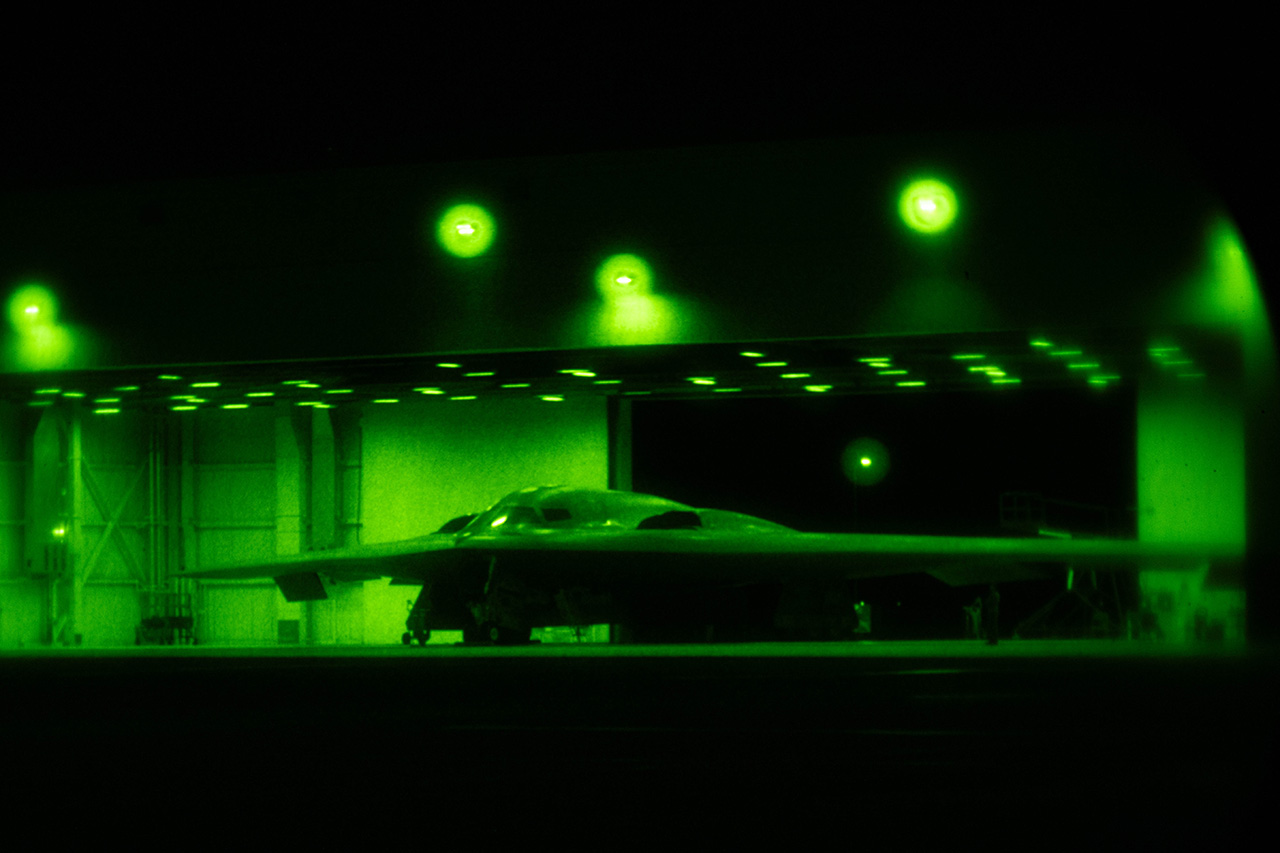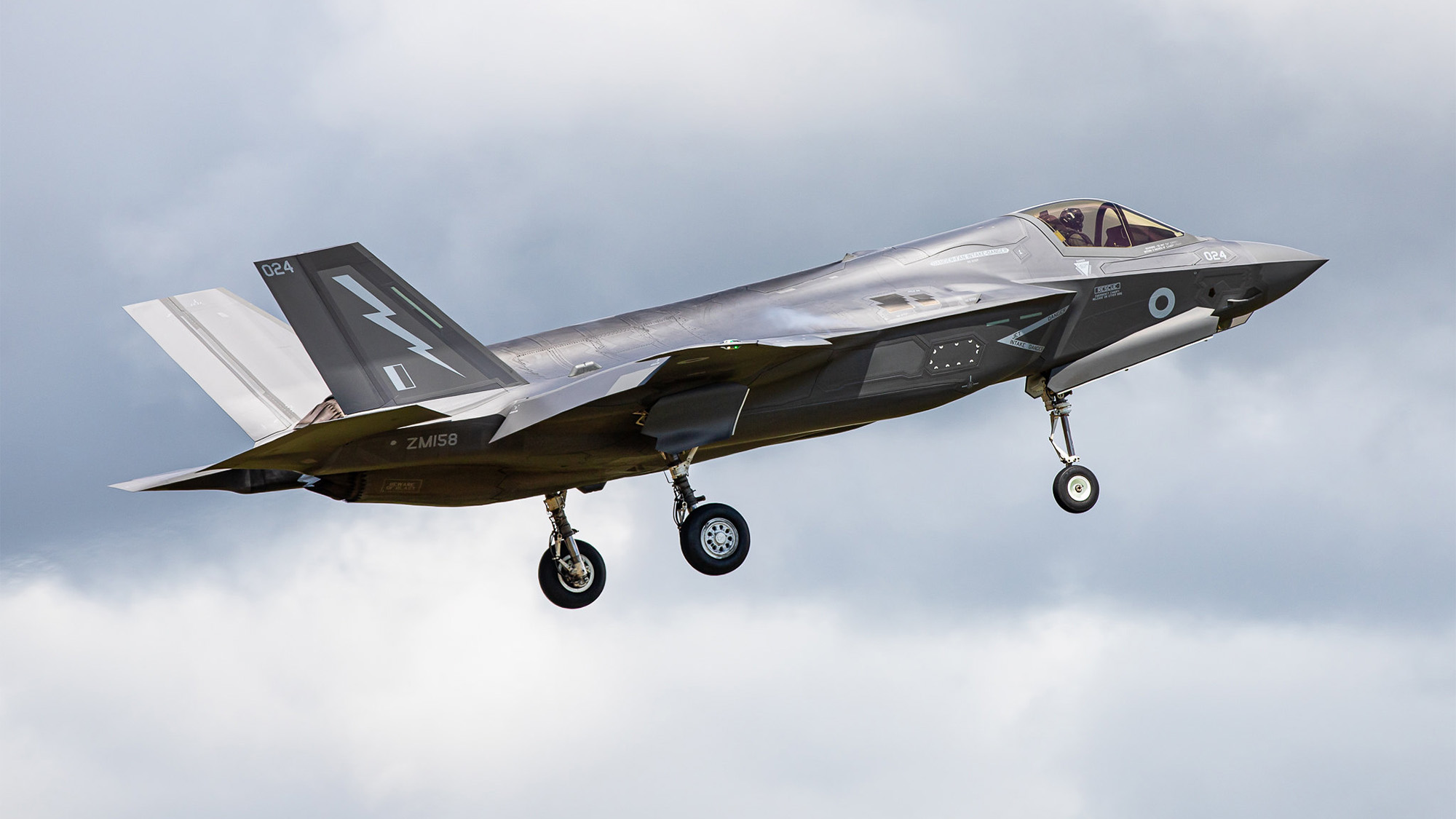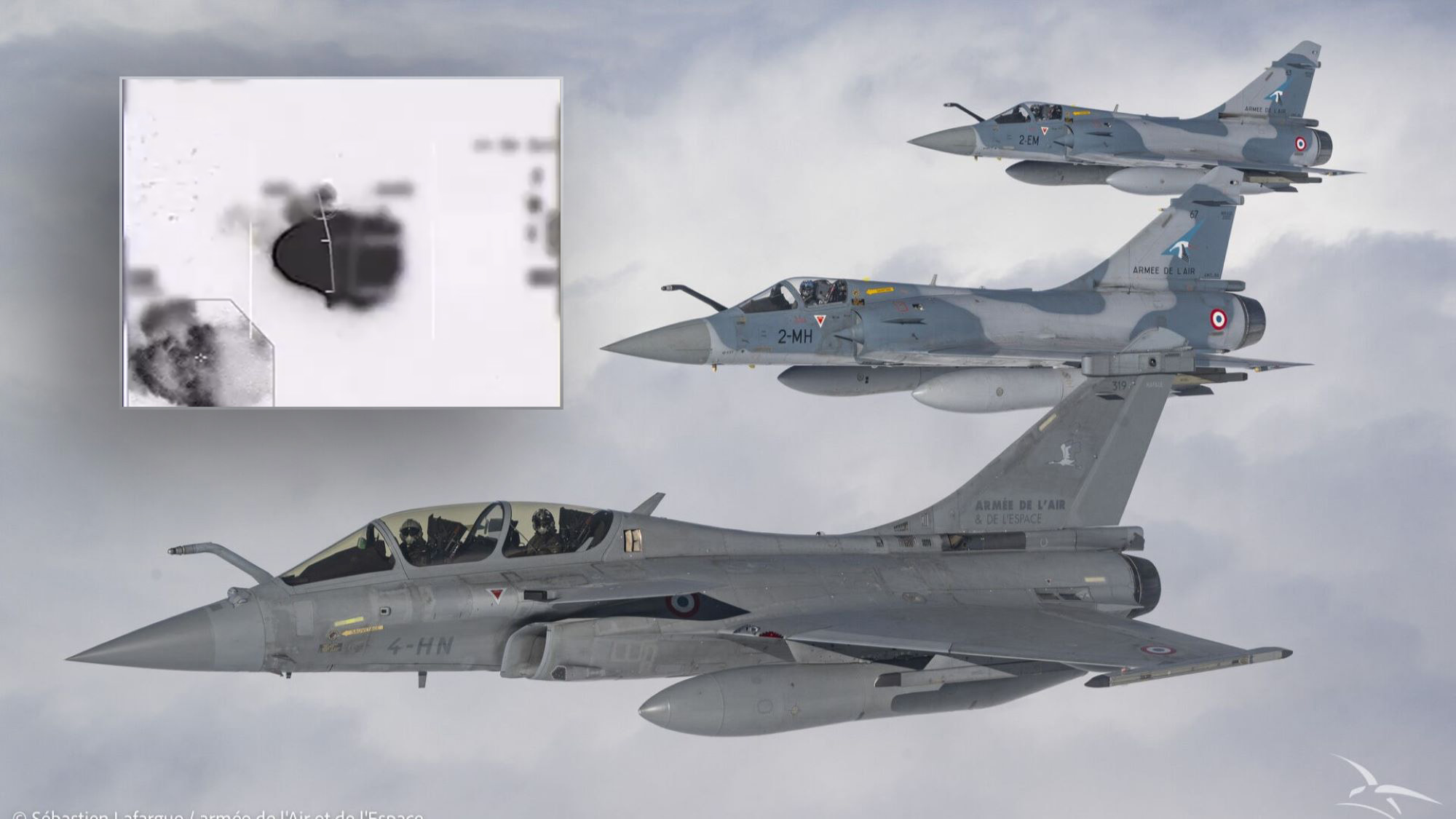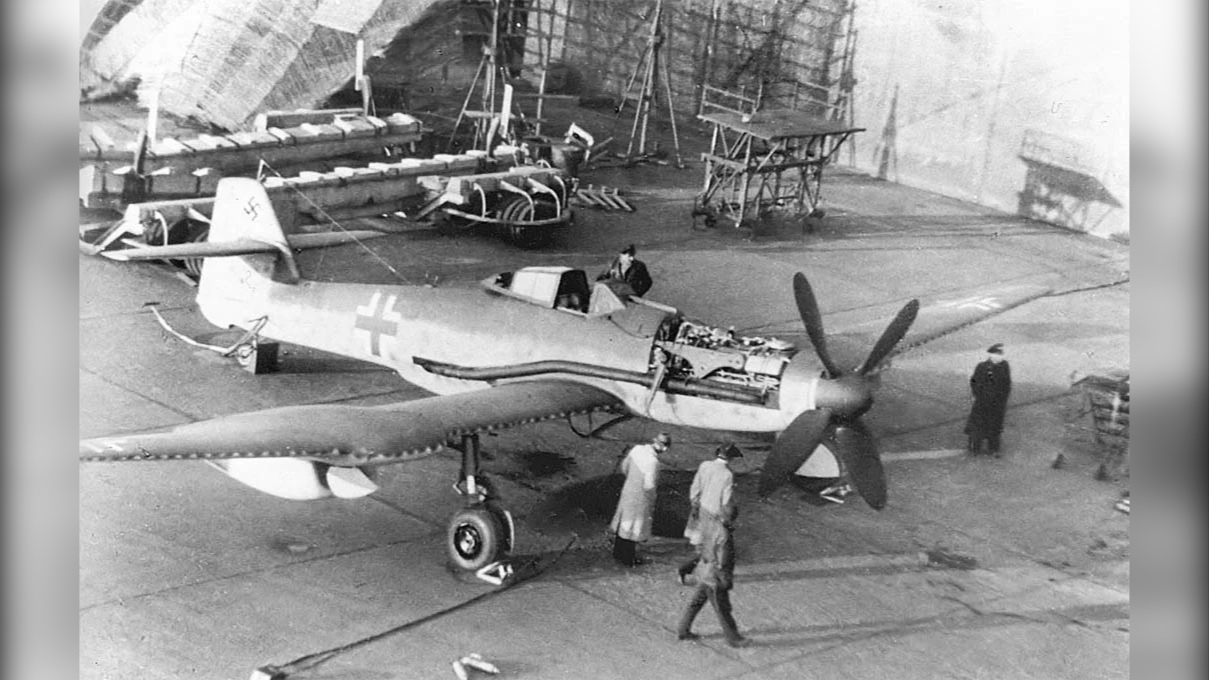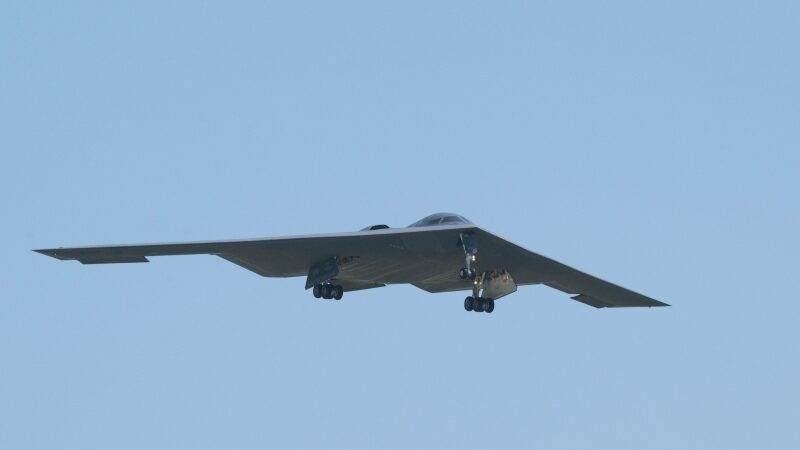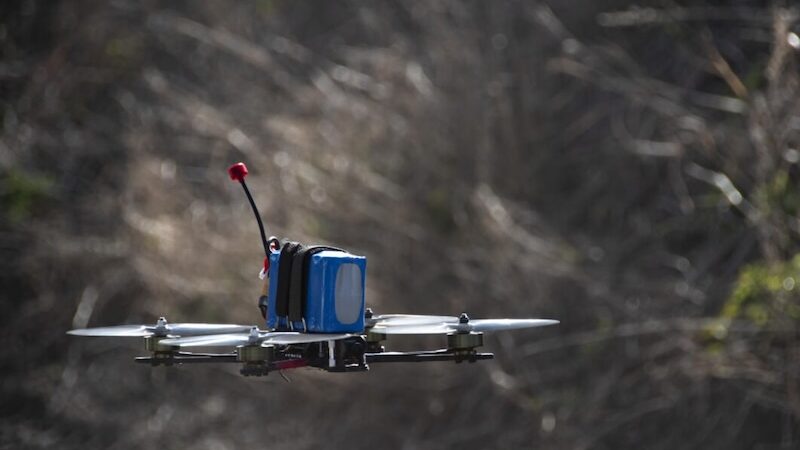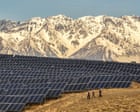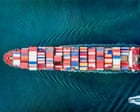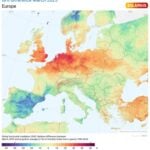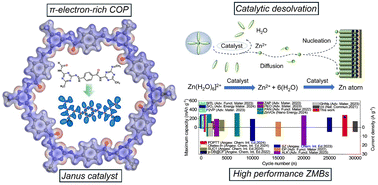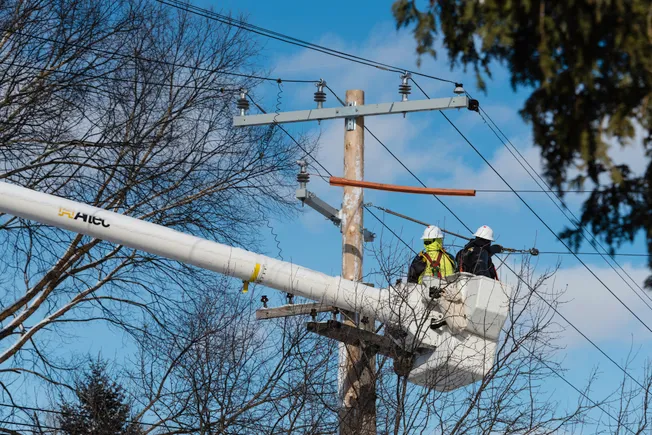Argentinian producer Zuccardi has launched a new high altitude non-malo Chardonnay, noting that one of the biggest "revolutions happening in Argentina today" is its white wines.

Speaking at a masterclass and tasting in London this week, third generation winemaker Sebastian Zuccardi, who is the producer's technical director argued that for many years Argentine producer thought they couldn't make great whites "because we were far from the ocean", but that making his first Chardonnay from San Pablo in 2018 "changed his life".
"We thought that if we wanted to make a great white, we had to go to ocean area, but in the last 15 years, we have understood that the mountains can give unique conditions for white, because we have a cold climate, very pure sunlight and [unique] kind of soils," he explained. "When we go to the highest part of the Uco Valley, like Monasterio, I believe that Chardonnay is the best grape to express the place. Why? because it loves cold climate, it's not very talkative (unlike Sauvignon Blanc, it doesn't show lots of character of the grapes) and loves calcaire soils."
The producer has launched a different expression of high altitude non-malo Chardonnay, El Camino de la Flores 2024, which comes from Monasterio in Tupungato, to the north of the Uco Valley, 16km from the Andes and at an altitude of 1,400m above sea level (asl) - albeit in very limited quantity of only 2,000 bottles.
He argued that although Gualtallary was a very good place overall, like Altamira, some areas within it, are better than others. "And in my view, this area, Monasterio is the most interesting area in Gualtallary, not because of the monastery there, but because of the geology," Zuccardi explained.
The small region is home to the oldest alluvial soils in the Uco Valley, which were deposited by geological movements millions of years ago. At the same time, some of the hills were pushed upward, the result being the formation of a small range of mountains between the Andes and where the vineyards are now, which protected the soils it from more recent alluvial movements. As a result, its soils consist of a hard layer of pink caliche - a compaction of sandstone and calcaire, which had to be broken to allow the roots to go down.
The wines are made from a careful selection of grapes growing next to the native vegetation (hence the name Camino de la Flores) in order to give a freshness.
New launch

The approach to planting the new vineyard was very different to the establishment of its first vineyards at Finca Canal Uco, which Zuccardi said demonstrated the evolution of the work the team had done and its understanding of the place.
"When we arrived there, we arrived with all the knowledge of the vineyard that we planted before," he said. "When we planted Finca Canal Uco, our first vineyard, we planted five blocks and then we divided by soils. When we arrived here, we studied it for three years and planted the vineyards by parcels, so it's not a vineyard divided by blocks but planted in parcels."
Another key differences is that that around 30% of the vineyard had been planted with native vegetation ("another example of bad financial decisions," Sebastian laughs. "Monasterio is the most expensive land in the Uco valley, as it is famous and the quality of water there is very low, so it's hard to get land there"). The 32ha plot has been planted with 19ha of vines and 13ha of native vegetation directly in between the parcels. "When we arrived there, I was very influenced by the idea of the effect of native vegetation on the wine," he explains.
Like the red wines, the new white has been fermented and aged totally in unlined concrete vats "as we don't' need to open it, we need to close it". It is also is a very different style from the oaky, bright Chardonnay's from Argentina a decade ago, which traditionally went through battinage and full malolactic conversion. Since Fossil Chardonnay from San Pablo was produced in 2018, however, Zuccardi "started moving in a different direction", developing different whites from other areas over the next few years and
El Caminos de la Flores is made direct press without protection at the beginning to allow oxidation, and with a fermentation taking place at higher temperatures than usual, close to 24 degrees. "When you work too cold, you have aromas that come more from the fermentation than from the place," Zuccardi explains.
Malolactic conversion is then blocked, because "we live in a place that is cold, but we have lot of sunlight, so I want to keep all the natural acidity that we have from the place", Zuccardi says - following several years of experimentation and trials. "I had this tricky conversation with my team many times because I said 'no malolactic' and they said the famous wines of the world had malolactic. But I tried for five years no malolactic"
Typically, the wines will be aged on the lees with no battinage or racking for a year, although the decision each year will depending on the conditions of the vintage.
"For many years, the idea was, if you wanted to make a great wine, you have to age the wine longer, but for me, it depends and in our place, we have so much life in the place. And because the style of wines that we make, I like to put in bottle after one year, both whites and reds."
"We strive for wines with identify that express, with transparency and precious, the place where they are from," he said.

 Speaking at a masterclass and tasting in London this week, third generation winemaker Sebastian Zuccardi, who is the producer's technical director argued that for many years Argentine producer thought they couldn't make great whites "because we were far from the ocean", but that making his first Chardonnay from San Pablo in 2018 "changed his life".
"We thought that if we wanted to make a great white, we had to go to ocean area, but in the last 15 years, we have understood that the mountains can give unique conditions for white, because we have a cold climate, very pure sunlight and [unique] kind of soils," he explained. "When we go to the highest part of the Uco Valley, like Monasterio, I believe that Chardonnay is the best grape to express the place. Why? because it loves cold climate, it's not very talkative (unlike Sauvignon Blanc, it doesn't show lots of character of the grapes) and loves calcaire soils."
The producer has launched a different expression of high altitude non-malo Chardonnay, El Camino de la Flores 2024, which comes from Monasterio in Tupungato, to the north of the Uco Valley, 16km from the Andes and at an altitude of 1,400m above sea level (asl) - albeit in very limited quantity of only 2,000 bottles.
He argued that although Gualtallary was a very good place overall, like Altamira, some areas within it, are better than others. "And in my view, this area, Monasterio is the most interesting area in Gualtallary, not because of the monastery there, but because of the geology," Zuccardi explained.
The small region is home to the oldest alluvial soils in the Uco Valley, which were deposited by geological movements millions of years ago. At the same time, some of the hills were pushed upward, the result being the formation of a small range of mountains between the Andes and where the vineyards are now, which protected the soils it from more recent alluvial movements. As a result, its soils consist of a hard layer of pink caliche - a compaction of sandstone and calcaire, which had to be broken to allow the roots to go down.
The wines are made from a careful selection of grapes growing next to the native vegetation (hence the name Camino de la Flores) in order to give a freshness.
Speaking at a masterclass and tasting in London this week, third generation winemaker Sebastian Zuccardi, who is the producer's technical director argued that for many years Argentine producer thought they couldn't make great whites "because we were far from the ocean", but that making his first Chardonnay from San Pablo in 2018 "changed his life".
"We thought that if we wanted to make a great white, we had to go to ocean area, but in the last 15 years, we have understood that the mountains can give unique conditions for white, because we have a cold climate, very pure sunlight and [unique] kind of soils," he explained. "When we go to the highest part of the Uco Valley, like Monasterio, I believe that Chardonnay is the best grape to express the place. Why? because it loves cold climate, it's not very talkative (unlike Sauvignon Blanc, it doesn't show lots of character of the grapes) and loves calcaire soils."
The producer has launched a different expression of high altitude non-malo Chardonnay, El Camino de la Flores 2024, which comes from Monasterio in Tupungato, to the north of the Uco Valley, 16km from the Andes and at an altitude of 1,400m above sea level (asl) - albeit in very limited quantity of only 2,000 bottles.
He argued that although Gualtallary was a very good place overall, like Altamira, some areas within it, are better than others. "And in my view, this area, Monasterio is the most interesting area in Gualtallary, not because of the monastery there, but because of the geology," Zuccardi explained.
The small region is home to the oldest alluvial soils in the Uco Valley, which were deposited by geological movements millions of years ago. At the same time, some of the hills were pushed upward, the result being the formation of a small range of mountains between the Andes and where the vineyards are now, which protected the soils it from more recent alluvial movements. As a result, its soils consist of a hard layer of pink caliche - a compaction of sandstone and calcaire, which had to be broken to allow the roots to go down.
The wines are made from a careful selection of grapes growing next to the native vegetation (hence the name Camino de la Flores) in order to give a freshness.
 The approach to planting the new vineyard was very different to the establishment of its first vineyards at Finca Canal Uco, which Zuccardi said demonstrated the evolution of the work the team had done and its understanding of the place.
"When we arrived there, we arrived with all the knowledge of the vineyard that we planted before," he said. "When we planted Finca Canal Uco, our first vineyard, we planted five blocks and then we divided by soils. When we arrived here, we studied it for three years and planted the vineyards by parcels, so it's not a vineyard divided by blocks but planted in parcels."
Another key differences is that that around 30% of the vineyard had been planted with native vegetation ("another example of bad financial decisions," Sebastian laughs. "Monasterio is the most expensive land in the Uco valley, as it is famous and the quality of water there is very low, so it's hard to get land there"). The 32ha plot has been planted with 19ha of vines and 13ha of native vegetation directly in between the parcels. "When we arrived there, I was very influenced by the idea of the effect of native vegetation on the wine," he explains.
Like the red wines, the new white has been fermented and aged totally in unlined concrete vats "as we don't' need to open it, we need to close it". It is also is a very different style from the oaky, bright Chardonnay's from Argentina a decade ago, which traditionally went through battinage and full malolactic conversion. Since Fossil Chardonnay from San Pablo was produced in 2018, however, Zuccardi "started moving in a different direction", developing different whites from other areas over the next few years and
El Caminos de la Flores is made direct press without protection at the beginning to allow oxidation, and with a fermentation taking place at higher temperatures than usual, close to 24 degrees. "When you work too cold, you have aromas that come more from the fermentation than from the place," Zuccardi explains.
Malolactic conversion is then blocked, because "we live in a place that is cold, but we have lot of sunlight, so I want to keep all the natural acidity that we have from the place", Zuccardi says - following several years of experimentation and trials. "I had this tricky conversation with my team many times because I said 'no malolactic' and they said the famous wines of the world had malolactic. But I tried for five years no malolactic"
Typically, the wines will be aged on the lees with no battinage or racking for a year, although the decision each year will depending on the conditions of the vintage.
"For many years, the idea was, if you wanted to make a great wine, you have to age the wine longer, but for me, it depends and in our place, we have so much life in the place. And because the style of wines that we make, I like to put in bottle after one year, both whites and reds."
"We strive for wines with identify that express, with transparency and precious, the place where they are from," he said.
The approach to planting the new vineyard was very different to the establishment of its first vineyards at Finca Canal Uco, which Zuccardi said demonstrated the evolution of the work the team had done and its understanding of the place.
"When we arrived there, we arrived with all the knowledge of the vineyard that we planted before," he said. "When we planted Finca Canal Uco, our first vineyard, we planted five blocks and then we divided by soils. When we arrived here, we studied it for three years and planted the vineyards by parcels, so it's not a vineyard divided by blocks but planted in parcels."
Another key differences is that that around 30% of the vineyard had been planted with native vegetation ("another example of bad financial decisions," Sebastian laughs. "Monasterio is the most expensive land in the Uco valley, as it is famous and the quality of water there is very low, so it's hard to get land there"). The 32ha plot has been planted with 19ha of vines and 13ha of native vegetation directly in between the parcels. "When we arrived there, I was very influenced by the idea of the effect of native vegetation on the wine," he explains.
Like the red wines, the new white has been fermented and aged totally in unlined concrete vats "as we don't' need to open it, we need to close it". It is also is a very different style from the oaky, bright Chardonnay's from Argentina a decade ago, which traditionally went through battinage and full malolactic conversion. Since Fossil Chardonnay from San Pablo was produced in 2018, however, Zuccardi "started moving in a different direction", developing different whites from other areas over the next few years and
El Caminos de la Flores is made direct press without protection at the beginning to allow oxidation, and with a fermentation taking place at higher temperatures than usual, close to 24 degrees. "When you work too cold, you have aromas that come more from the fermentation than from the place," Zuccardi explains.
Malolactic conversion is then blocked, because "we live in a place that is cold, but we have lot of sunlight, so I want to keep all the natural acidity that we have from the place", Zuccardi says - following several years of experimentation and trials. "I had this tricky conversation with my team many times because I said 'no malolactic' and they said the famous wines of the world had malolactic. But I tried for five years no malolactic"
Typically, the wines will be aged on the lees with no battinage or racking for a year, although the decision each year will depending on the conditions of the vintage.
"For many years, the idea was, if you wanted to make a great wine, you have to age the wine longer, but for me, it depends and in our place, we have so much life in the place. And because the style of wines that we make, I like to put in bottle after one year, both whites and reds."
"We strive for wines with identify that express, with transparency and precious, the place where they are from," he said.






















